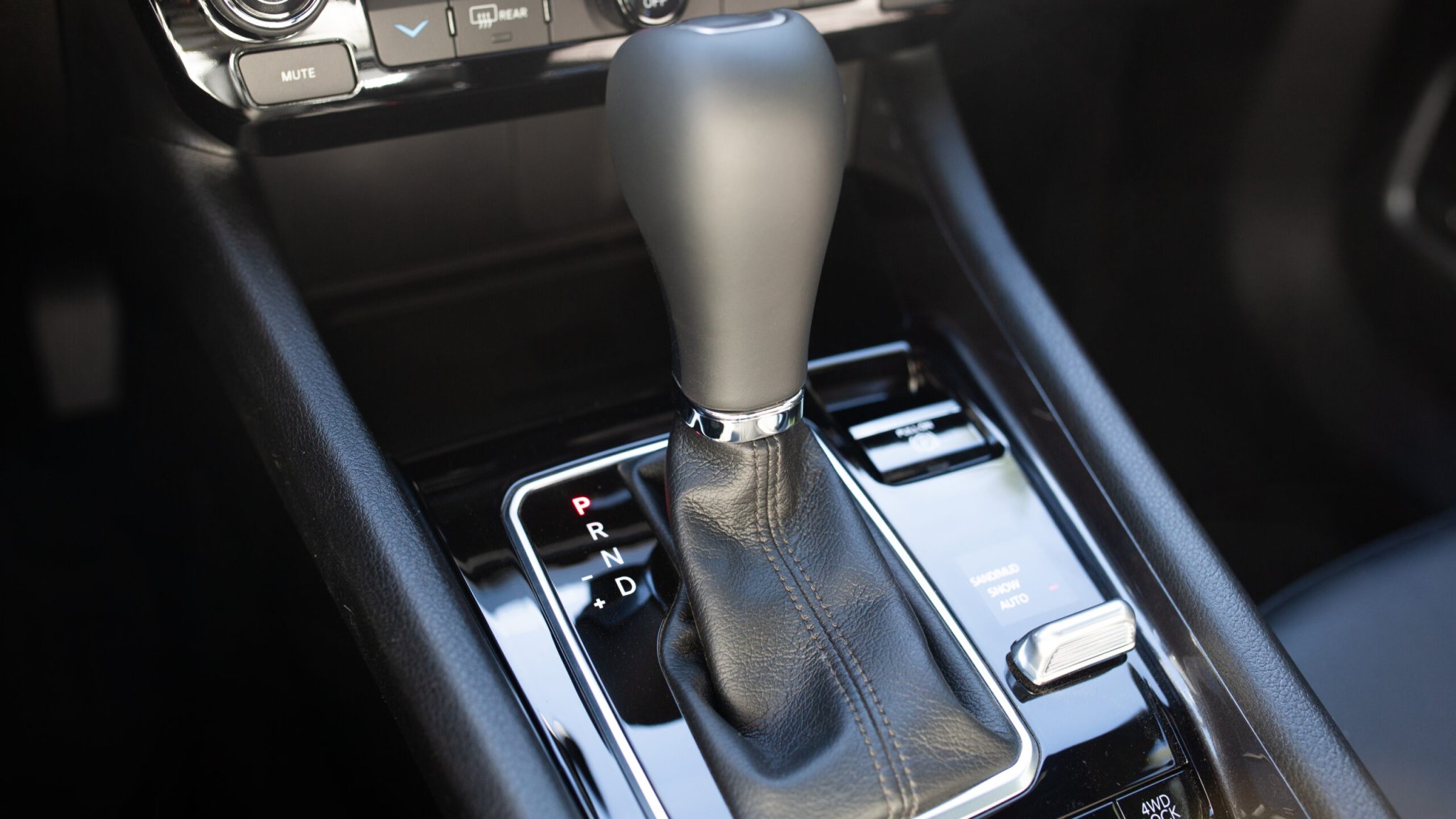

We may earn revenue from the products available on this page and participate in affiliate programs. Learn more ›
Getting good MPGs is something of a competition for me. Though I do drive my heart out when the going gets twisty, and I sure love gratuitous fuel-to-noise synthesization, the price of fuel stops add up. There’s a world of methods on how to save fuel, but one of the most misunderstood and common ones is coasting. Specifically, whether or not it’s more efficient to coast in neutral or coast in gear.
Most folks will notice that coasting actually results in deceleration, not just a steady state of speed. This is especially true in cars with manual transmissions, but also in cars with automatics. Thus, the question arises: is it better to coast downhill in neutral or use a very slight bit of throttle to maintain speed? Better yet, could you afford to decelerate a little bit so you don’t use the throttle at all?
Thanks to the lightning-fast progression of internal combustion technology, the answer is clearer than ever. In fact, the vast majority of cases have a definitive answer. And that answer is no, you shouldn’t coast in neutral. But it does somewhat depends on what kind of technology your car uses.

In the old days of carburetors and even very early fuel injection, coasting still meant fuel was entering the engine and exiting unburned. Because those systems worked on mechanical pumps and principles, there was no way to prevent a slight amount of fuel from being injected even with your foot off of the gas.
But in truth, the huge majority of cars in the last 30 years have the ability to fully shut off the fuel injectors when your foot is off the throttle, as modern engines have incredible precision in the amount of fuel, or lack thereof, they inject.
The reasons are similarly simple: modern cars shut off all fuel flow when coasting in gear. When you coast in neutral, the ECU then has to inject fuel and burn it to keep the engine at idle. When you coast in gear, the momentum of the car keeps the engine spinning rather than the fuel in the tank.
It also consumes less fuel to use a slight amount of throttle on downhill grades than coasting in neutral for the same reasons. The engine is getting an assist from gravity instead of having to keep itself running. Not to mention, you save money on brake wear by using engine braking when you coast in gear.
So the old question of coasting in neutral or coasting in gear is definitively answered: coasting in neutral is much less efficient than coasting in gear. Again, because they’re using less fuel in gear when coasting than in neutral and coasting, as the engine is working harder to stay on when in neutral than in gear.
As far as older cars go, it can go either way with no definitive answer. It all depends on the car.
So the next time you hit the open highway and find yourself wondering how you should coast down a big hill, just remember that most modern cars shut off fuel when you coast in gear and you should definitely not coast in neutral. It saves you wear and tear on your brakes, causes virtually zero wear to your engine and is in fact better for it than idling, and saves you just a little bit more fuel.
